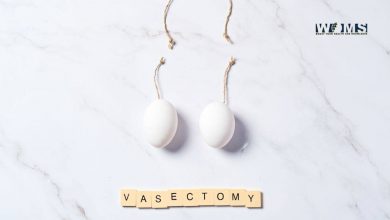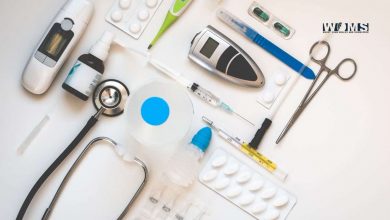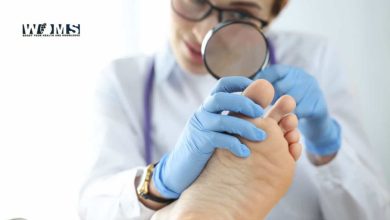4 Ways To Get Rid of Unsightly Varicose Veins

Varicose veins are large, twisted, and ropy veins that can be seen just under the skin’s surface. While they are often simply unsightly, they can also cause pain and discomfort. If you are looking for ways to get rid of your varicose veins, read on for some helpful tips.
Varicose veins are a common condition that affects millions of Americans. The condition is more common in women than men, and it often occurs during pregnancy. Varicose veins occur when the valves in the veins that carry blood back to the heart become weak or damaged. This can cause the blood to flow backward and pool in the vein. As a result, the vein becomes enlarged and twisted.
In addition to causing pain and discomfort, varicose veins can also lead to serious health problems, such as ulcers, blood clots, and inflammation. If you are concerned about varicose veins, there are several treatment options available. Your doctor can advise you on the best course of treatment for your individual situation.
There are several ways to get rid of varicose veins, including lifestyle changes, surgery, and sclerotherapy. Making changes to your diet and exercise routine can help to improve blood circulation and reduce the appearance of varicose veins. Surgery is another option, but it is usually only recommended for severe cases. A good vein clinic, like El Paso Vein Doc will offer a variety of treatments for varicose veins. Whatever treatment you choose, it is important to see a doctor or specialist to find out what will work best for you.
Compression stockings
Compression stockings are a common treatment for varicose veins. By applying gentle pressure to the legs, they help to improve blood flow and reduce swelling. Compression stockings are usually made of special elastic materials and are available in a variety of sizes and styles. They must be fitted properly in order to be effective, so it is important to consult with a doctor or other medical professional before purchasing them.
In addition, compression stockings should be removed at night and during periods of rest in order to prevent skin irritation. With proper care, compression stockings can help to improve the symptoms of varicose veins and promote overall leg health.
Sclerotherapy
Sclerotherapy is a medical procedure used to treat varicose veins and spider veins. The procedure involves injecting a solution into the vein, which causes the vein to collapse and fade away. Sclerotherapy is typically performed by a doctor or other medical professional in an outpatient setting. The injection can cause some bruising and discomfort, but this usually subsides within a few days.
In most cases, multiple treatments are necessary to achieve desired results. However, sclerotherapy is generally considered to be safe and effective, and it can provide significant relief from the symptoms of varicose veins.
Endovenous Laser Therapy
Endovenous laser therapy is a minimally invasive treatment for varicose veins that delivers heat energy to the affected vein to seal it shut. This treatment is performed using a thin laser fiber that is inserted into the vein through a small incision in the skin. The heat energy from the laser destroys the walls of the vein, and over time, the vein will be absorbed by the body and disappear.
Endovenous laser therapy is an effective treatment for varicose veins, and it has a low risk of complications. In most cases, patients can return to their normal activities immediately after the procedure.
Radiofrequency Ablation
Radiofrequency ablation is a minimally invasive procedure used to treat varicose veins. During the procedure, a small catheter is inserted into the vein and radiofrequency energy is delivered to the vein wall. This damages the vein and causes it to collapse. Over time, the vein will be replaced with tissue.
Radiofrequency ablation is effective in treating small and medium-sized varicose veins. It is generally safe and has a low risk of complications. The most common side effect is bruising and soreness at the treatment site. Radiofrequency ablation is usually performed as an outpatient procedure and does not require anesthesia. Recovery time is typically short, and most people can return to their normal activities within a few days.




